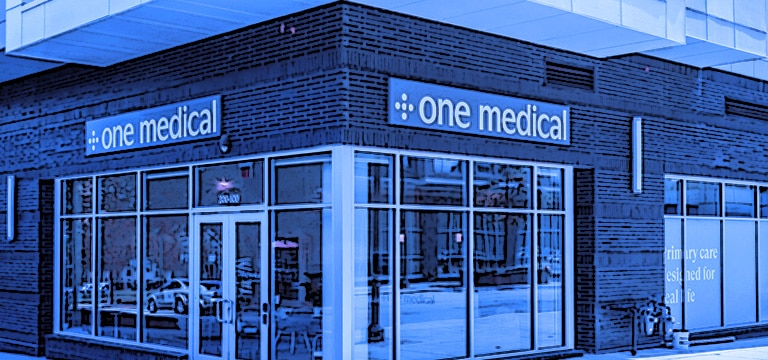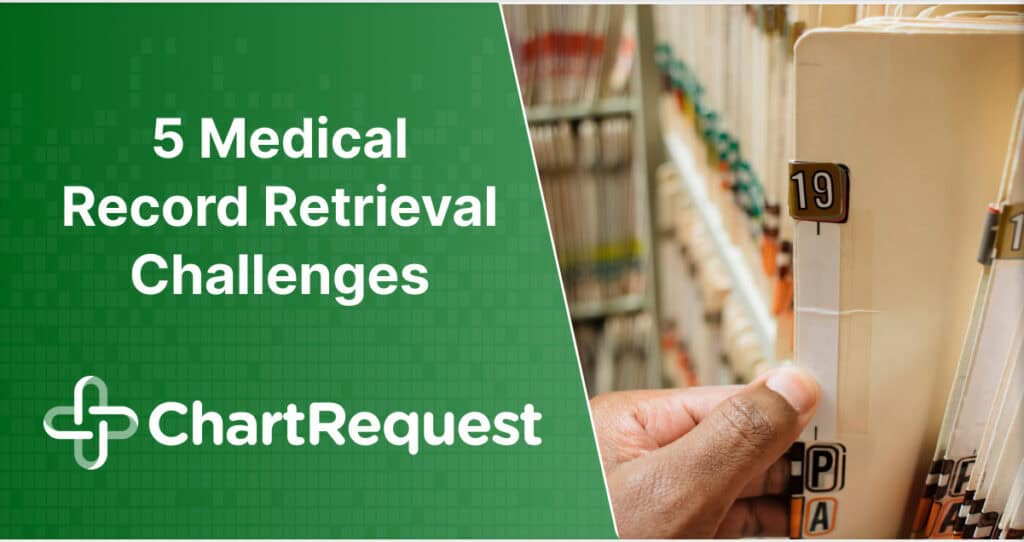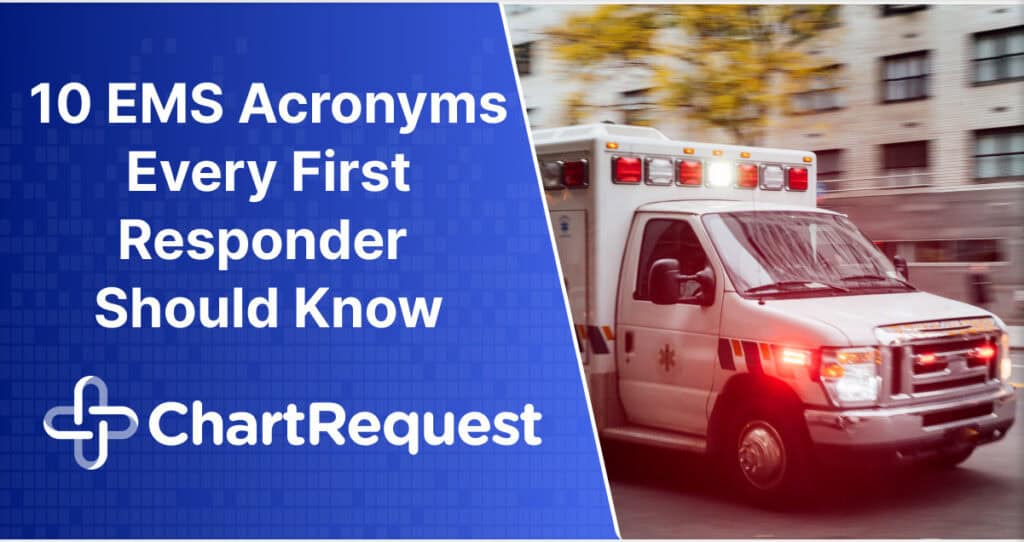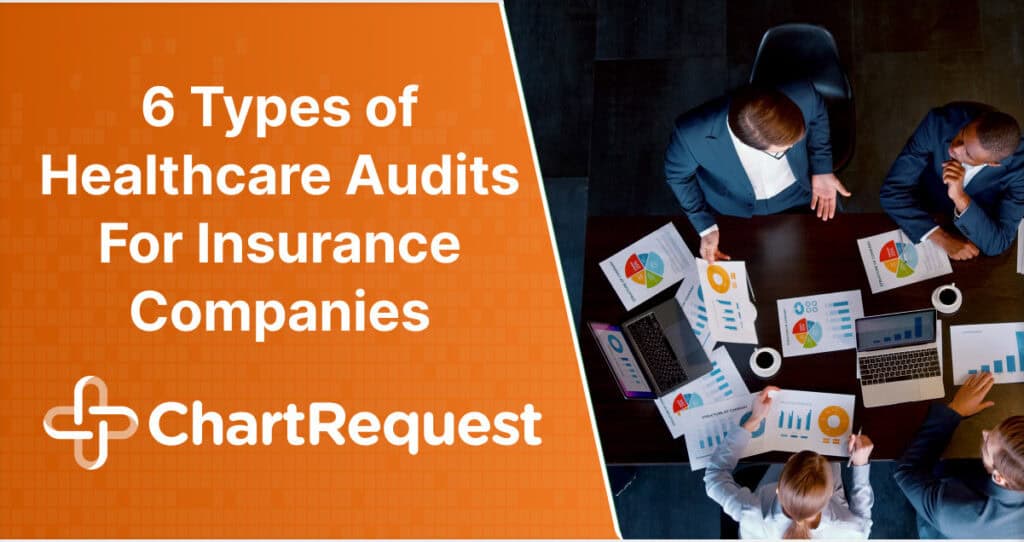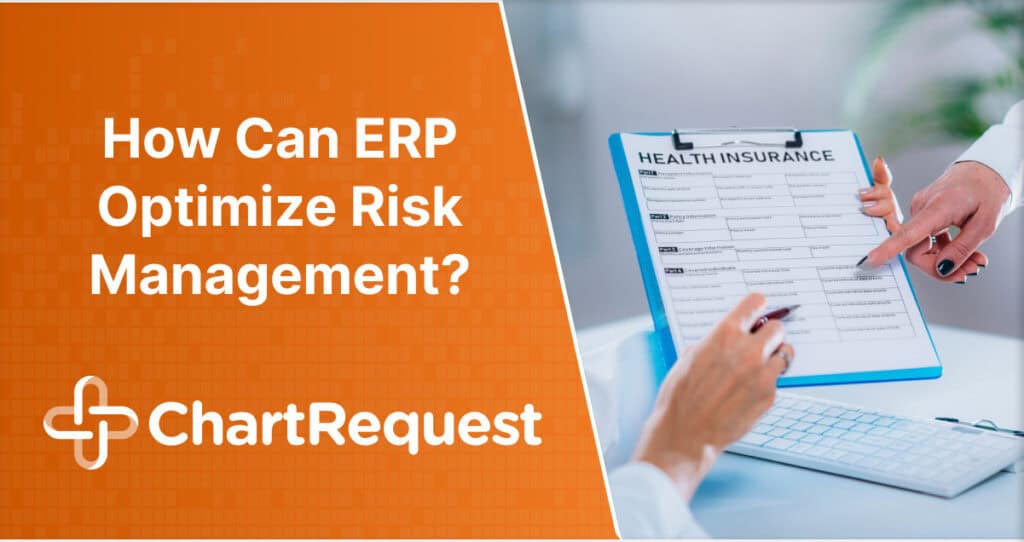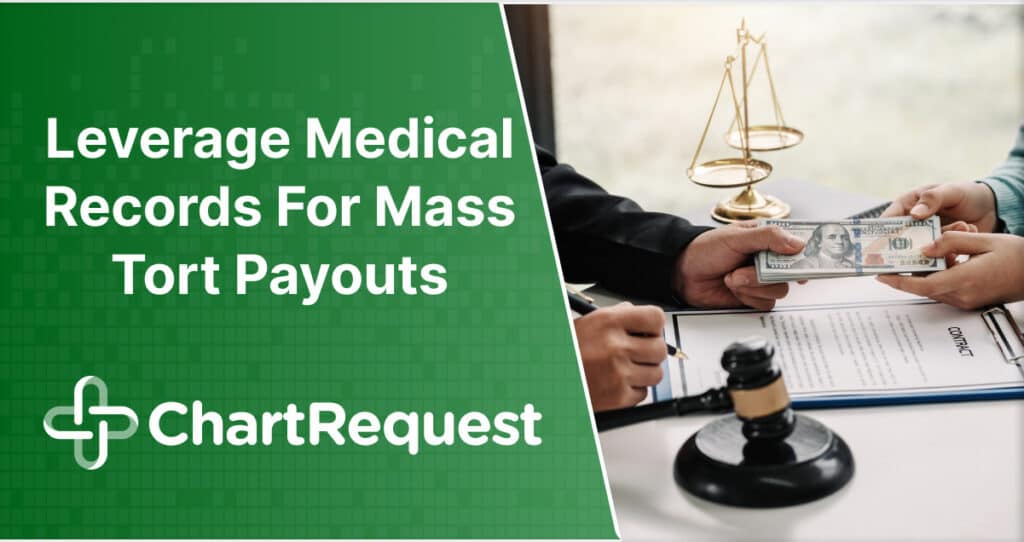On July 21, 2022, Amazon agreed to spend $3.9 billion to acquire One Medical, a membership-based primary care practice that provides clinical services to approximately 736,000 patients across 17 (soon 19) United States markets.
In this deal, Amazon will be acquiring functional facilities, and day-to-day care shouldn’t be affected by the transition. This deal has raised questions that impact not only One Medical members, however, but all patients.
How will Amazon use medical data?
What impact will this have on the healthcare industry?
How will this impact One Medical patients?
Before we can answer these questions, let’s cover some essential background information.
One Medical Background Information
One Medical was founded in 2007 with the goal of improving patient access to care. Originating in San Fransisco, this organization now stretches across the United States with over 125 offices.
For $199 annually, patients can seamlessly set up appointments with doctors at any One Medical facility. Thanks to their shared database, every One Medical office can access every patient’s records.
This membership gives patients 24/7 access to primary care services. These include telehealth services, instant messaging with providers, prescription refills, and health monitoring on their app. Additionally, One Medical can set up referral appointments, assist with insurance billing issues, and more
One Medical offers great value to people who travel frequently, struggle to physically reach healthcare offices, or play an active role in their care. With their technology-based approach to providing fast care, it’s understandable why this primary care organization would interest Amazon.
Amazon’s acquisition history and medical experience
Coming in as Amazon’s 112th acquisition, One Medical isn’t the first dip Amazon has taken in the healthcare industry. In fact, healthcare professionals have trusted Amazon Web Services for more than 15 years to handle sensitive information and tasks.
With this knowledge, one may assume that Amazon should understand how to protect sensitive health information. Amazon has powerful security that makes breaching data incredibly difficult. This doesn’t, however, address their largest data weakness.
Amazon is a massive company. At over 1.6 million employees, this company alone exceeds the total population of Philadelphia, the fifth largest city in the United States. As is the case with any large population, you can’t always trust everybody.
A majority of Amazon’s recent data breaches have been directly caused by corrupt and/or disgruntled employees. A notable issue from this list that parallels HIPAA violation is retail employees snooping on order history and other customer details.
Historically, healthcare employees have caused HIPAA violations by snooping on the medical records of celebrities or people they know.
Another deal worth observing is PillPack, an online pharmacy that delivers prescription medication straight to patients’ doors. Other than a prolonged conflict with SureScripts, an e-prescription company owned by the same company that owns Cigna Corp’s Express Scripts and CVS Pharmacy, there haven’t seemingly been egregious data protection issues.
What prevents misuse of records?
The Health Insurance Portability and Accountability Act (HIPAA), along with several additional rulings published by the Department of Health and Human Services, expand patients rights to access their medical records.
Additionally, these regulations limit how covered entities like healthcare providers and their business associates can use protected health information.
One of the most common concerns about Amazon acquiring the healthcare system depended on by 736,000 people is that Amazon could use their medical records and other protected health information to create targeted ads.
It’s no secret that Amazon creates profiles for every individual searching for various products and services across the web. They then use this data to infer what you may want to purchase and display ads for these products across the web.
One Medical patients worry that Amazon could use their medical information as another data point in their advertising strategy. On this note, there’s good news and bad news.
The good news is that companies cannot use PHI for marketing purposes without the patient’s express consent. HHS promotes patient autonomy by requiring covered entities and business associates to be clear and explicit regarding how patient information will be used. Using sneaky tactics to acquire this consent would almost certainly result in major penalties.
By default, Amazon will silo One Medical data away from the rest of its data. This ensures that data won’t be automatically conglomerated, and it protects patient records from every Amazon worker who isn’t an authorized One Medical employee.
That said, a 2017 survey found that 91% of users don’t read the terms and conditions before agreeing. One Medical patients should take special care to thoroughly examine every agreement before signing.
Long-Term Effects of this Acquisition
It’s difficult to say with certainty how this acquisition will affect the healthcare industry as a whole. The ripple effect generated by this $3.9 billion deal could be confined to One Medical patients, or it could make waves throughout the country.
Market Implications
This is the largest primary care organization acquisition by a nonmedical company, but it may not be the last. Amazon isn’t the only major company that’s taken a dip into healthcare, and its competitors will certainly be watching.
If Amazon’s new primary care network is successful, we can expect two major market effects. First, Amazon will likely attempt to purchase additional primary care practices to expand the One Medical network. Second, more large companies will likely make offers to similar organizations.
In order to see the success necessary to make this $3.9 billion acquisition worth further expansion, Amazon needs to keep existing and acquire new One Medical patients.
Amazon Must Earn Patient Trust
After the One Medical acquisition was announced, the most unified response was that of distrust for the tech supergiant. It’s a fair concern for anybody who understands just how much data Amazon collects and how they use it.
It’s also worth noting that Amazon has the experience, expertise, and resources to protect patient information in compliance with HIPAA, the HITECH Act, the Cures Act, and other regulations.
As mentioned earlier, Amazon cannot use patient information for marketing purposes without explicit patient consent. To ensure compliance, One Medical data will be kept siloed from other Amazon servers.
It will likely be a challenge to convince patients that Amazon is acting in their best interests. If they succeed, however, Amazon could one day become a major player in healthcare.
Staffing Competition
In addition to competing for patients, the expansion of the One Medical network will require Amazon to hire more healthcare workers. If the healthcare staffing shortage hasn’t ended, it may get even worse.
Supply and demand inform value, and a spike in demand will likely drive higher salaries, better benefits, and more work-life balance. This is great for healthcare workers, but further limits the growth of smaller practices.
Better Overall Care
It’s not surprising that Amazon was interested in One Medical because the primary practice organization was designed to fit nicely in the day-to-day lives of patients.
With 24/7 services, health tracking and reporting in the app, and physical locations in populated areas, One Medical’s software-driven convenience and innovation fit Amazon’s existing services well.
As Amazon works to further enhance its online offerings and expand into additional regions, more patients across the United States will have greater access to primary care services. While the competition may draw patients away from smaller practices, it could have positive overall benefits for population health.
A 2021 NASEM report found that increased access to primary care directly improves population health, reduces death rates, and promotes value-based care.
With nearly $4 billion on the line, Amazon is going to do everything in its power to gain patient trust, expand primary care, and enhance the One Medical software capabilities. This could be the start of software-driven care normalization, but only time will tell.


